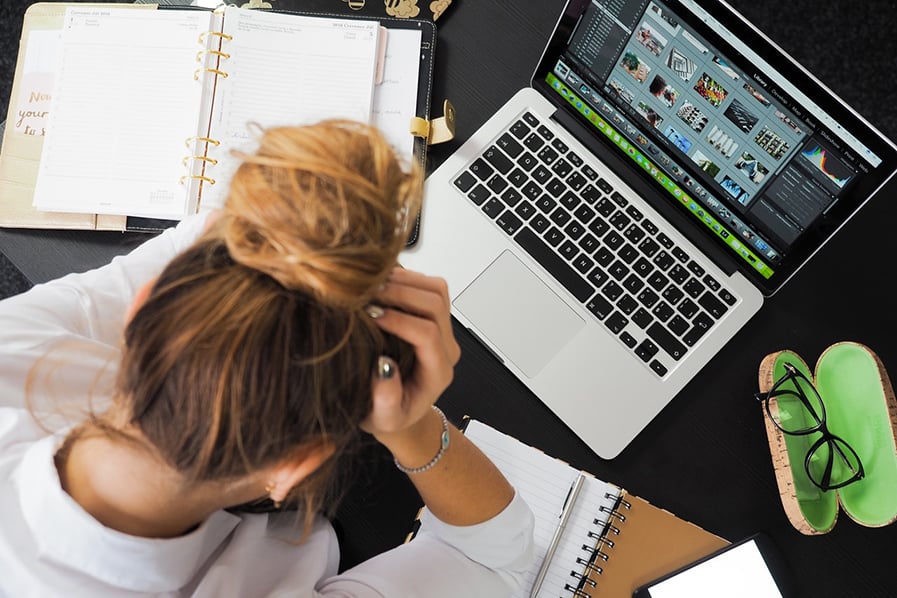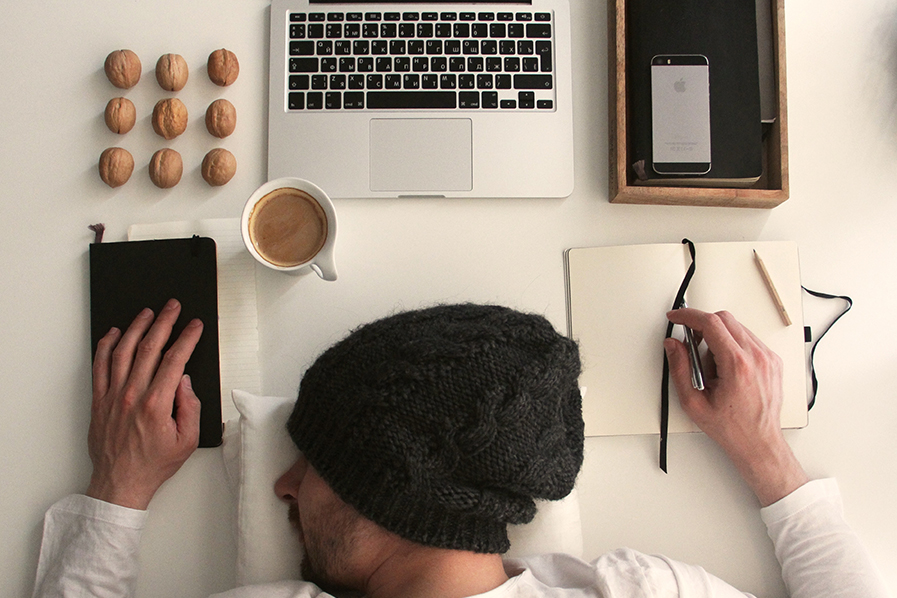|
It used to be that if you got caught falling asleep at work, you’d get a stern telling off from management. But nowadays, taking a nap is not only allowed in some organisations, it's actively encouraged. A two-year-long study confirmed the long-held belief that adults need between seven and nine hours of sleep per night to function at an optimum level, yet the majority of people get an average of six hours of shut-eye. Noise is one of the factors that can seriously disturb sleep, and sound volume is an important factor in this context. Companies are looking for ways to promote wellness in the workplace, which is why wellness rooms that avoid exposure to sounds and minimise background noise, complete with nap pods, are popping up across the world. Sleep disorders and a lack of a good night’s kip affects productivity at work. The National Sleep Foundation states that sleep allows people to recover from distractions quicker, helps guard against burnout, encourages better decision-making and improves memory. It’s no wonder then why people-focused firms are allowing – and investing in - power naps. Lawrence Epstein, Program Director of Brigham and Women's Hospital’s Sleep Medicine Fellowship Program, says that we’re becoming more attuned to “seeing how sleep affects work productivity, healthcare costs and workplace accidents.”
Recently, the likes of Samsung, Zappos, Nike, Ben & Jerry’s, Google and NASA are known to have installed snoozing zones and it’s clear to see why, as Epstein explains: “The cost of insomnia in the US is estimated to be over $100 billion (£77 billion) when you add in reduced productivity, absenteeism and presenteeism”. Global research suggests the lack of sleep costs developed nations in the region of 2% of its GDP. In the UK, this would equate to £40 billion. |
For some, the thought of sleeping at work is still frowned upon – one survey cited 80% of those who’d never fallen asleep at work thought it was unacceptable – yet in the same study 51% of Americans admitted to snoozing at work.
With many people opting to doze in the workplace, it makes sense to provide a destination sleep area rather than just ‘wellness rooms’ which can be multipurpose, including exercise, mediation and breastfeeding, which, needless to say, isn’t ideal if you’re trying to catch up on some much-needed sleep. But does sleep have an image problem – especially when it comes to a working environment? A fascinating article from The Guardian explored that idea, referencing and debunking the notion that within the business world at least, sleep is for the week There are those seeking to combat that long-held belief, such as Arianna Huffington, founder of the Huffington Post, who wants to destigmatise sleep after collapsing from sleep deprivation and exhaustion in 2007. “That idea that sleep is somehow a sign of weakness and that burnout and sleep deprivation are macho signs of strength is particularly destructive”, she says, “so, changing the way we talk about sleep is an important part of the culture shift”. Matthew Walker, neuroscientist and author of 'Why We Sleep: The New Science of Sleep and Dreams' agrees. “There isn’t really any aspect of your health, mind or wellness that isn’t dependent on sufficient sleep,” he says. “We have to return to this mentality that sleep is OK.” Doing so could well increase employee engagement, well-being, productivity and efficiency, and boost a company's bottom line. |

